A recent webinar on ‘Defect Prediction in Automotive Plastics Injection Moulded Components using a simulation tool. Deepti Thore looks at its broad-based application.
Injection moulding, one of the most widely used production processes for plastics, enables mass production of high-quality injection automotive parts from a broad range of polymers. The automotive plastic injection moulding for components is an important manufacturing process. It is crucial for defect prediction in components. 3DTIMONTM through its simulation software has a broad-based application. DesignTech Systems, India, an exclusive Business Partner of Toray Engineering Solutions Co. Ltd. in India for 3DTIMONTM hosted the webinar on ‘Defect Prediction in Automotive Plastics Injection Moulded Components Using 3DTIMON’ in collaboration with ACMA to generate an awareness on the subject. Claimed to get a majority of its traction from the automotive industry (almost 40 per cent customer base), the CAE tool is being used by the likes of Honda and Nissan among others. Some of the key applications of 3DTIMONTM include insert or multicoloured moulding analysis, compression moulding analysis, composite material moulding analysis, additive moulding analysis, thermoset moulding analysis, evaluation of quality for moulded product and reliability, urethane foam moulding analysis and an evaluation of strength.
Some of the common challenges faced by the automobile segment includes reducing warpage wherein the shape of the final product deviates from the shape of the tool cavity. This requires an analysis and modification, fixing appearance failure due to weld line control, cooling circuit design for high cycle, light weighting by using thin wall and alteration to resin. After the moulding process like amealing and re-flow, and use of special materials like LCP. Injection process and phenomenon like insert heat and cool and birefringence can also be addressed using this tool. There are many who convert metal part into plastics to meet the light weighting requirements. There are claimed to be some of the key advantages of 3DTIMONTM for defect prediction in automotive plastics injection moulded components.
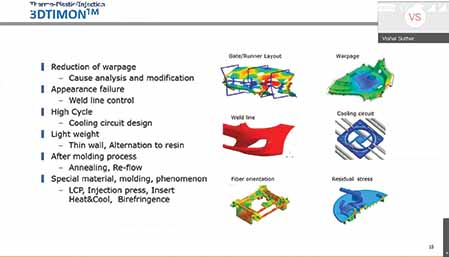 The unique tetra mesher tool offered by 3DTIMONTM is a patented meshing preprocessor, built-in tetra mesh generator. It uses bubble mesh generation theory for optimum meshing. The CAE tool also measures against cosmetic defects. Some of the common cosmetic defects found on automotive components are weld line and sink mark. The tool develops measures to review gate position and product thickness to reduce the number of mould modifications and trials. Warpage reduction is another crucial benefit as it analyses main factors of warpage and develops counter measures. The tool derives product shape and gate location to reduce the warpage. The tool also enables optimisation for lightweight design. Moulding conditions are known to be optimised with existing machines making use of results from filling patterns and pressure. Cycle time optimisation predicts product temperature and mould temperature with three-dimensional cooling channel and checks on temperature distribution. It considers the appropriate cooling channel layout and product thickness.
The unique tetra mesher tool offered by 3DTIMONTM is a patented meshing preprocessor, built-in tetra mesh generator. It uses bubble mesh generation theory for optimum meshing. The CAE tool also measures against cosmetic defects. Some of the common cosmetic defects found on automotive components are weld line and sink mark. The tool develops measures to review gate position and product thickness to reduce the number of mould modifications and trials. Warpage reduction is another crucial benefit as it analyses main factors of warpage and develops counter measures. The tool derives product shape and gate location to reduce the warpage. The tool also enables optimisation for lightweight design. Moulding conditions are known to be optimised with existing machines making use of results from filling patterns and pressure. Cycle time optimisation predicts product temperature and mould temperature with three-dimensional cooling channel and checks on temperature distribution. It considers the appropriate cooling channel layout and product thickness.
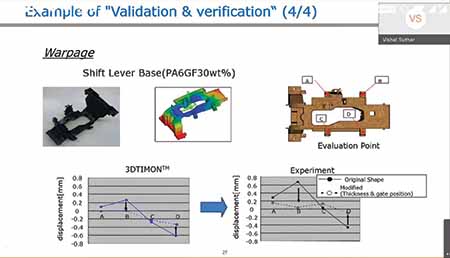 The tool also enables evaluation of quality and reliability for moulded product by predicting deformation due to residual stress and thermal influence. It also evaluates product quality through heating techniques such as annealing, painting, heat cycle testing. Some of the other optimisation functions include proposing parameters such as optimum gate position and product wall thickness for improved efficiency of analysis work. To evaluate the strength of the parts, the tool helps predict nonlinear properties from analysis results of fibre orientation. It also challenges marginal design by conducting highly accurate strength evaluation in combination with structure analysis. Direct Fiber Simulations (DFS) helps forecasts bending and breaking of reinforcing fibre, fibre length, density distribution and performs high accuracy and strength evaluation of warp age-induced deformation analysis. Some of the unique extensional functions of 3DTIMONTM include AMDESS which aids in an automatic design optimisation. For example, it can find out optimum shape and thickness to reduce warpage, optimum gate position to shift the weld position etc. Ejector Pin Evaluation Tools – Buckling Risk / Buckling Load is another such feature which allows the system, based on the concept of fast and quick check analysis result by setting analysis conditions according to the workflow. Thermosetting resin analysis through ReactiveMould feature corresponds to injection moulding and transfer moulding to predict filling, fibre orientation, and warping for use in automotive electronics. Compression moulding analysis – through CompositePRESS predicts filling, fibre orientation, and warp deformation in thermosetting SMC and BMC moulding, as well as thermoplastic stamping moulding. It can be utilised for studying weight reduction by replacing metal parts.
The tool also enables evaluation of quality and reliability for moulded product by predicting deformation due to residual stress and thermal influence. It also evaluates product quality through heating techniques such as annealing, painting, heat cycle testing. Some of the other optimisation functions include proposing parameters such as optimum gate position and product wall thickness for improved efficiency of analysis work. To evaluate the strength of the parts, the tool helps predict nonlinear properties from analysis results of fibre orientation. It also challenges marginal design by conducting highly accurate strength evaluation in combination with structure analysis. Direct Fiber Simulations (DFS) helps forecasts bending and breaking of reinforcing fibre, fibre length, density distribution and performs high accuracy and strength evaluation of warp age-induced deformation analysis. Some of the unique extensional functions of 3DTIMONTM include AMDESS which aids in an automatic design optimisation. For example, it can find out optimum shape and thickness to reduce warpage, optimum gate position to shift the weld position etc. Ejector Pin Evaluation Tools – Buckling Risk / Buckling Load is another such feature which allows the system, based on the concept of fast and quick check analysis result by setting analysis conditions according to the workflow. Thermosetting resin analysis through ReactiveMould feature corresponds to injection moulding and transfer moulding to predict filling, fibre orientation, and warping for use in automotive electronics. Compression moulding analysis – through CompositePRESS predicts filling, fibre orientation, and warp deformation in thermosetting SMC and BMC moulding, as well as thermoplastic stamping moulding. It can be utilised for studying weight reduction by replacing metal parts.
Geometry cannot be directly analysed hence 3DTIMON has a patented machine technology at the backend. It has 3D (Hybrid) technology for multilayered mesh and Light3D technology for single-layered mesh (Tetra/Hexa) elements with all surface nodes. Light3D is faster than 3D technology and much more accurate. 3DTIMON -TetMesh can generate single layer tetra mesh instantly. In the automotive components segment, the interpretation of the defects of the engine cover or the car audio panel can be done in a few hours through the TetMESH or the Light3D technology.
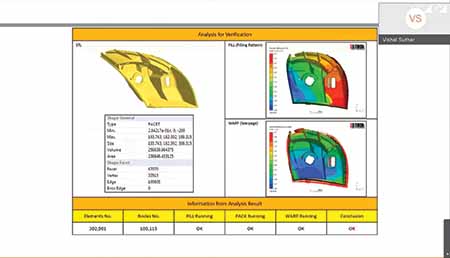 3DTIMON simulation results in detailed result summary to predict injection moulding defects, viewing and syncing options, optimise simulation results, compare part or project results and result can be exported in .CSV format as an add-on. Multiple results can also be synced for better understanding. Staggered flow mark caused due to flow disturbance can also be captured using the software. Insert Moulding is another such feature of 3DTIMON. Opposite warpage analysis is another characteristic function of 3DTIMON used for calculating warpageless shape against the target and outputs the mesh file for applying mould compensation (Windage). The result is the mirror replica of the shape or mesh model.
3DTIMON simulation results in detailed result summary to predict injection moulding defects, viewing and syncing options, optimise simulation results, compare part or project results and result can be exported in .CSV format as an add-on. Multiple results can also be synced for better understanding. Staggered flow mark caused due to flow disturbance can also be captured using the software. Insert Moulding is another such feature of 3DTIMON. Opposite warpage analysis is another characteristic function of 3DTIMON used for calculating warpageless shape against the target and outputs the mesh file for applying mould compensation (Windage). The result is the mirror replica of the shape or mesh model.
3DTIMON-Multimould can estimate appearance defect caused by remelting with two color injection moulding and provide counter measures. StructVE, on the other hand, can estimate stress relaxation after solidification and annealing, reflow and heat and cool process by considering visco elastic properties. For example, rapid heating can be addressed with this tool. Apart from this there are different modules which include Pre / Post module, flow, pack, Fiber, MCool, Warp, Insert, Optics, Awarp, SuperThin, Press and Amdess, ReactiveMould, nStruct and Translator used for various moulding predictions. Timon Mould Designer is the entry level mould designer used for entry level injection simulation. CompositePress, AMSolutions and PD advisor are other solutions offered by the tool for defect prediction.
Case studies
Facing the challenge of predicting the deformation of the resin parts after moulding, in another word, the warpage has automotive components manufacturers working on resin warpage analysis by CAE. This is known to ensure the manufacturing quality of resin parts and to reduce the design lead time. Continuing to face the difficulty with resin moulding due to limited spacing for resin parts caused by increase of in-vehicle systems, the need is for acquiring new technologies and knowledge through CAE to meet these demands.
The high independent development ability to implement improvements offered by 3DTIMON has been the reading for the company to choose the software over others. When analysing with new materials, it is necessary to investigate the characteristics of the materials. Having expertise in various plastics materials and possessing highly accurate data, Toray is therefore reliable and it helps test quickly and accurately by referring to the data. The analysis accuracy of simulations is continuously improving at the company. As a result, rework due to moulding defects has been reduced saving both man-hours and costs used in various activities aimed at further improvement of manufacturing quality. To improve the analysis accuracy of CAE, it is essential that the user masters the use of software.
In one of the case studies at the OEM, the objective was to establish vibration characteristic prediction technology in CF-SMC moulding considering fibre orientation. CF-SMC moulding develops anisotropic mechanical properties depending on moulding conditions. Therefore, in order to accurately evaluate the quality of moulded products such as vibration characteristics, establishment of techniques for predicting the orientation state of CF long fibres that exhibits anisotropy is necessary. Methods involved were Prediction of fiber strand orientation by 3DTIMON-CompositePRESS considering SMC moulding process, prediction of the anisotropic property as a fibre strand and lastly, predicting vibration characteristics by structural analysis, considering anisotropic characteristics. As per the results obtained, the vibration characteristics can be evaluated with high accuracy by defining the mechanical characteristics as a fibre strand from the fibre orientation results of 3DTIMON-CompositePRESS and use thereafter for vibration analysis. Toray Engineering is currently also looking at implementing AI functions in 3DTIMONTM in collaboration with TDS. Customisation of 3DTIMON is therefore expected to continue in the future and find relevance in broad-based applications. ACI
Also read, Suba Plastics to invest on new facility


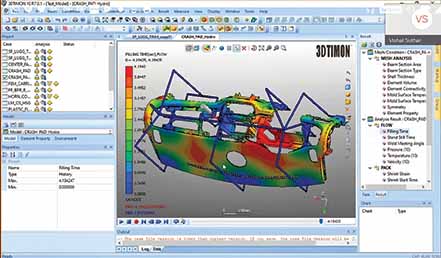

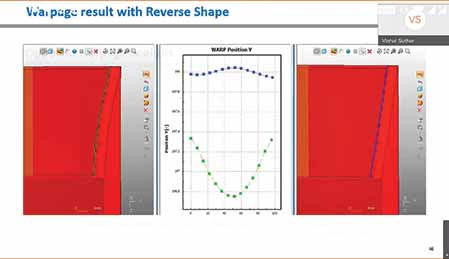
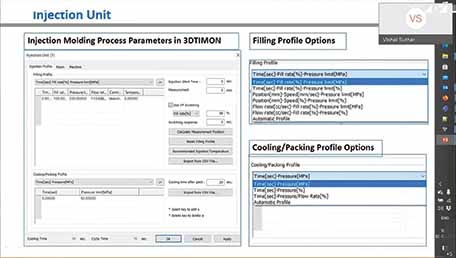




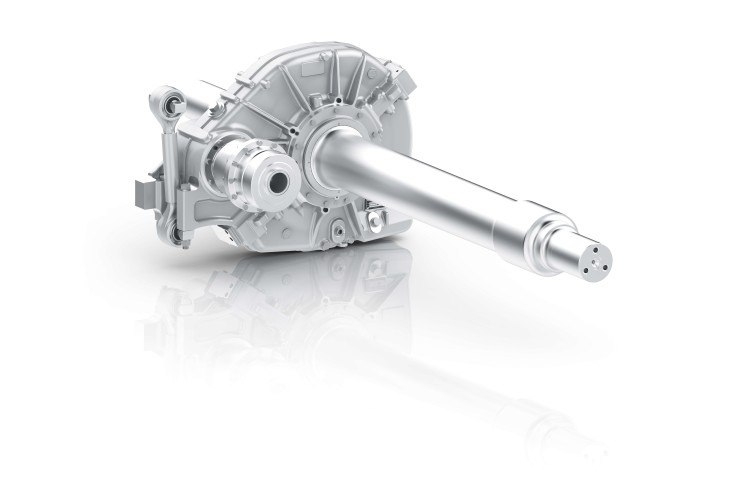
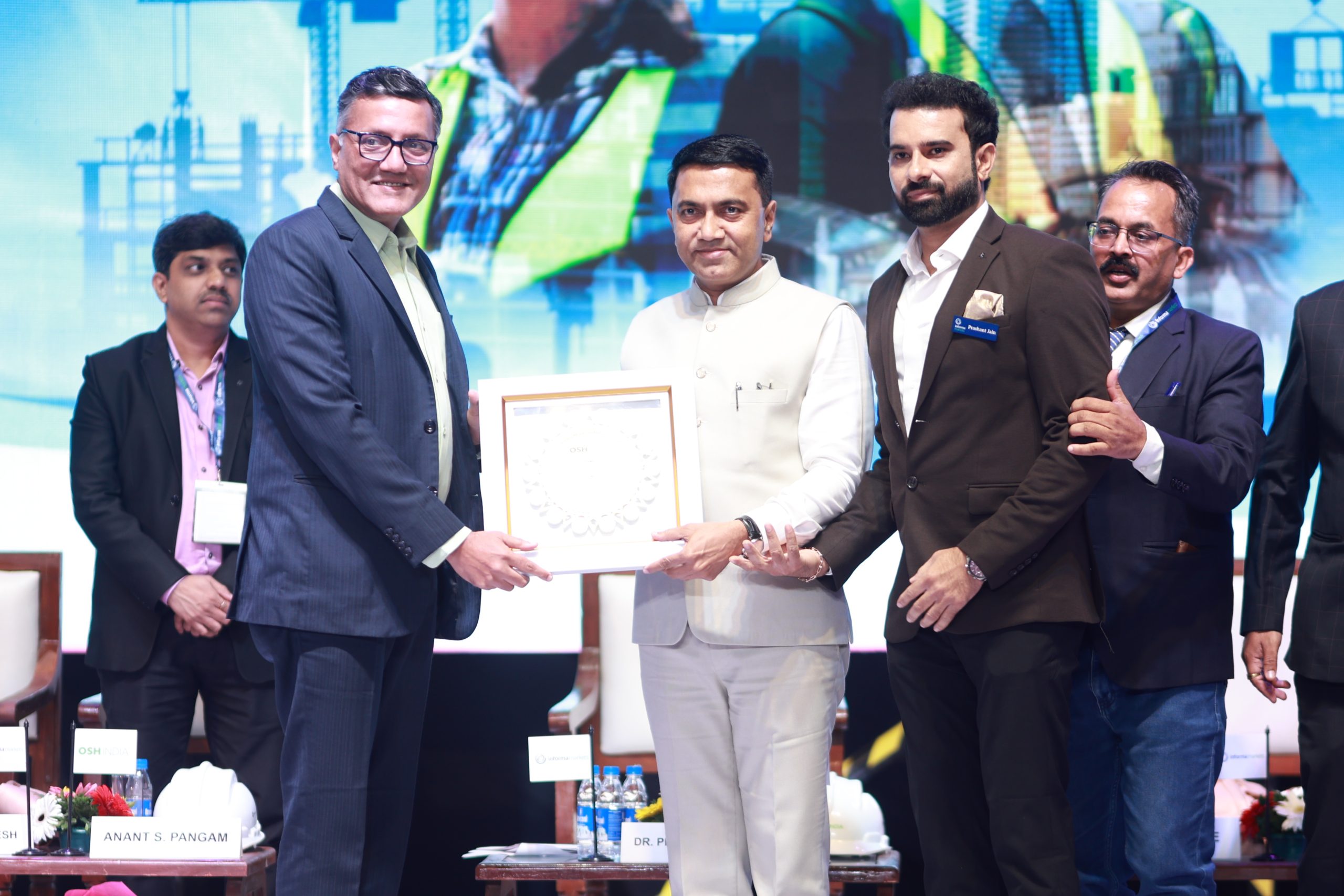



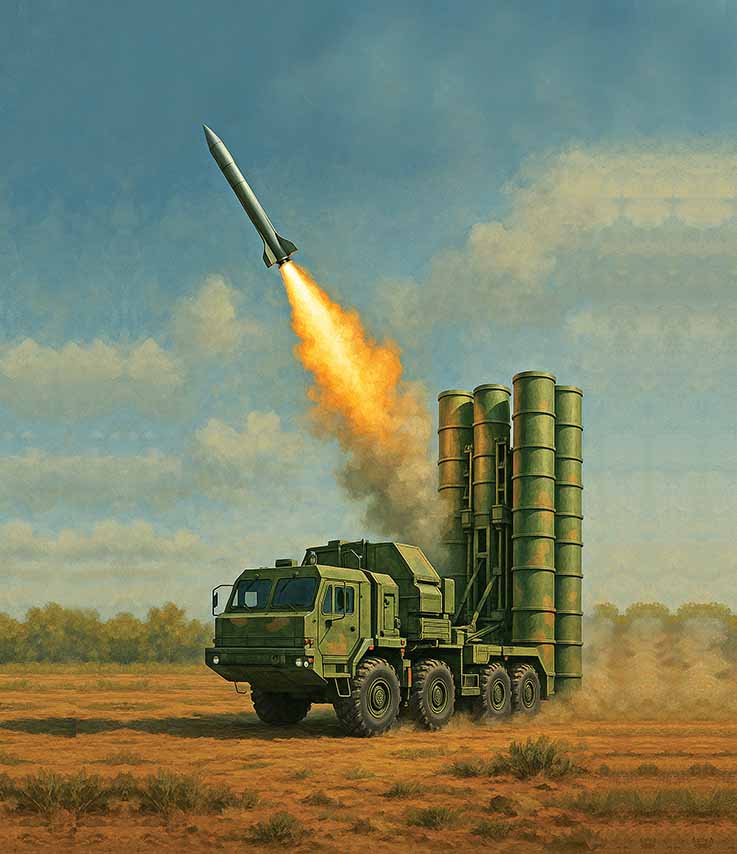

Leave a Reply